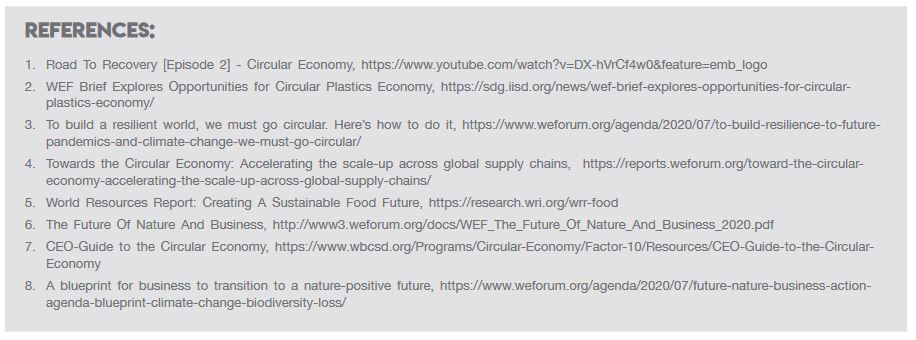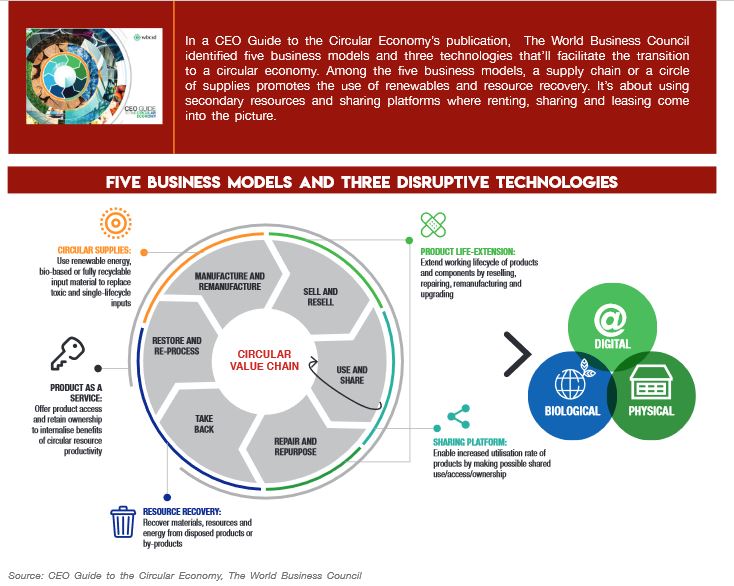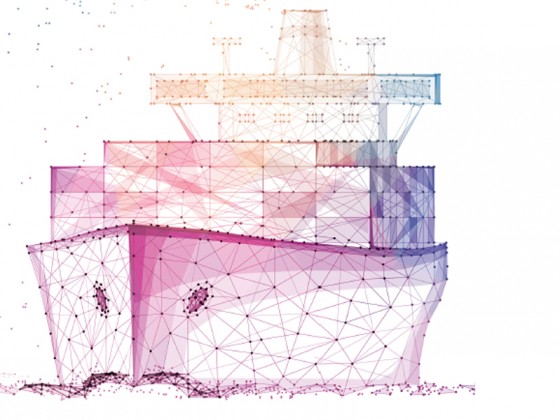by | MOHD HASAN MOHD SAAID, hasan@might.org.my
Looking at global consumption, the world consumes more than it can produce. If current food consumption trend continues unabated, it is assumed that the world needs to produce 56% more food to meet rising demand by 2050.
In a recent ‘Road to Recovery’ (episode 2) – Circular Economy session organised by MIGHT. Prof. Tan Sri Zakri Abdul Hamid was quoted saying that “Malaysia runs ecologically deficit using more resources and its ecosystems”.
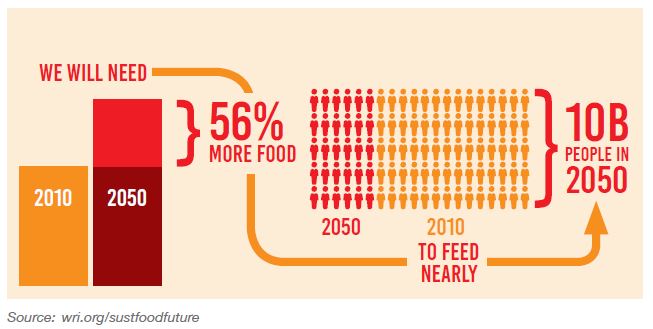
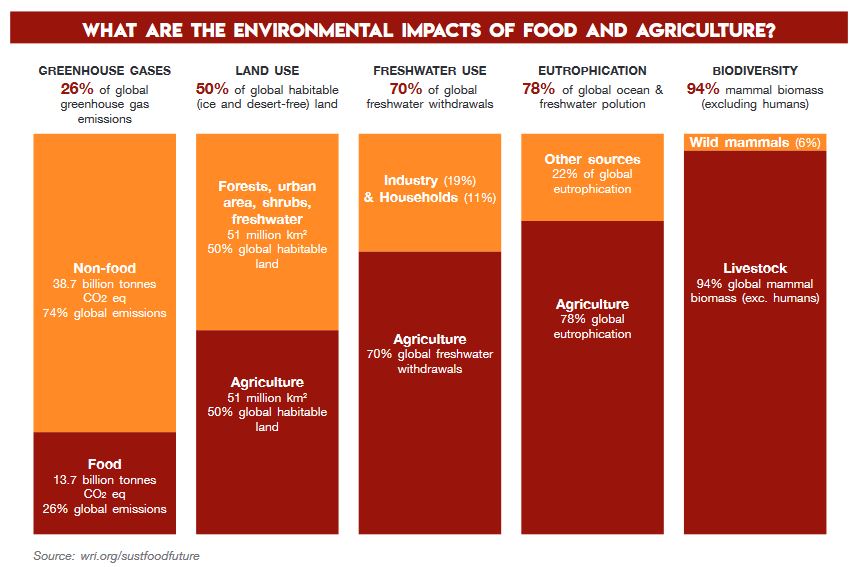
In light of this, the visualisation above summarises the global impacts concerning our consumption trends:
- Food accounts for over a quarter (26%) of global greenhouse gas emissions;
- Half of the world’s habitable (ice and desert-free) land is used for agriculture;
- 70% of global freshwater withdrawals are used for agriculture;
- 78% of global ocean and freshwater eutrophication (the pollution of waterways with nutrient-rich pollutants) is caused by agriculture;
- 94% of mammal biomass (excluding humans) is livestock. Livestock outweighs wild mammals by a 15 to 1.4 ratio out of the 28,000 species evaluated to be threatened with extinction on the International Union for Conservation of Nature’s red list.
- Agriculture and aquaculture are listed as a threat to 24,000 of them.
After Covid19 broke out, the pandemic has since disrupted a large majority of global businesses. All the while, this has also prompted a drop in CO2emissions as well as pollution from travel, tourism and logistics activities. However, in the long run, these issues need to be tackled if we are to make any real progress towards sustainability. Apart from the drop in some consumption areas, on the flip side, the world is experiencing an increase in others such as food and personal protective equipment or PPE as a result of the pandemic’s latest swells. In a lot of ways, these economic and environmental constrains are driving what we now call the circular economy.
For years, sustainable development concepts have been discussed at length across various global levels, most notably at a summit in 1992 and the World Summit on sustainable development in 2001 with the latest one in 2015 where the global community signed off a 2030 development agenda structured around 17 goals. Going forward, the all too familiar concept built around 3R, or reduce, recycle, replace has now been combined to form the circular economy.
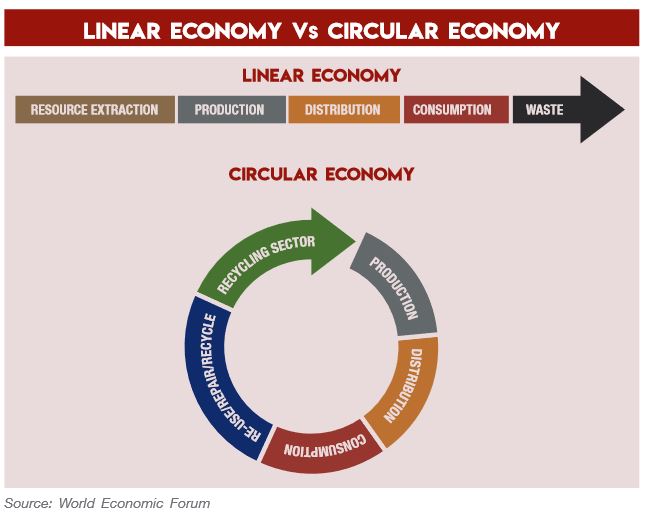
Interestingly, a report published in April when Covid19 was peaking shows that two-thirds of world citizens argue that climate change is as pressing or serious as the coronavirus. But how do we tackle the question in today’s economic climate? Decidedly, the solution lies within the concepts and strategies of the circular economy.
Contrary to the linear economy, the circular economy does not only target minimising environmental impact throughout all stages of material and energy uses. But more importantly, the circular economy seeks to rejuvenate the development of new business opportunities born out of natural systems to improve people’s well-being. As such, the circular economy thoroughly considers potential economic conflicts in relation to existing jobs and the environment.In addition, beyond the current take, make and dispose business model, the circular economy is really about restorative and regenerative activities by design. Essentially, from an industry perspective, the circular economy employs three key operational strategies.
The first strategy involves the use of sustainable and less harmful waste. Next, the second strategy improves efficiency or use of materials and energy across all stages of production and consumption. In other words, this strategy hinges on a system that produces more with less. The third strategy maximises perpetual recycling of end-of-life materials to make sure that it’s not just a one-time recycling.Often, businesses would choose sustainable inputs as a guide to increase their productivity. In part, mergers give businesses the flexibility to prevent wasteful activities in their key operations. By sourcing alternative materials, businesses often demonstrate the potential for providing added-values and jobs to the localities where they operate.
Malaysian Context
To gauge how we can maximise Malaysia’s circular economy potential, we must first look at our local industries and talents. These two are key imperatives to scale Malaysia up as a circular economy hub for ASEAN. In Malaysia’s Zero Single-Use Plastic Roadmap 2018-2030, one of the action plan’s core activities revolves around developing and implementing a circular economy roadmap. The roadmap covers all the bases, particularly in relation to revamping the entire plastic value chain from product design to circularity and waste recycling. Today, Malaysia consumes resources that are far beyond its fair share of capacity to produce. Although Malaysia’s consumption rate is not the largest in the world, but if every person in the world consumes like an average Malaysian, we will be pushing the bounds of the world’s resources.Below, we can see what The Fourth Industrial Revolution (4IR) and the promise of the circular economy can offer:
- There are nine technological trends that have great potential to contribute to the development of a circular economy.
- Big data and analytics will enable faster and smarter collection and analysis of large data.
- High performance, decentralised manufacturing technologies such as 3D printing will be key in prototyping and producing components from recyclable materials.
Business Implications
When we look at 4IR’s potential, many technology trends would have an impact on the circular economy and some of which would be beneficiary to the Malaysia’s economic growth. However, Malaysia needs to solve how big data and analytics can enable faster and smarter collection and analysis of data to make progress on this front.
To some extent, Malaysia already has some bits and pieces of the circular economy in place. But not much has been done to encourage the public to appreciate the concept. We are still at a pace where our society is still mired in linear consumption models.
As we head into a future that will be anchored around new economic models, surely, new products will be based on new materials and designs. As a result, industrial operations will require a more thorough planning and control. Knowledge, in part, will be employed strategically and businesses will be supported by new performance standards so their actions produce higher levels of performance that the circular economy demands.
Such requirements call to the stage new innovative enterprises that provide services that optimise new processes that accelerate circularity. In contrast to more conventional manufacturers for example, these innovative enterprises build their business around the tenets and principles of the circular economy. The following is an analysis that provides potential solutions for businesses:
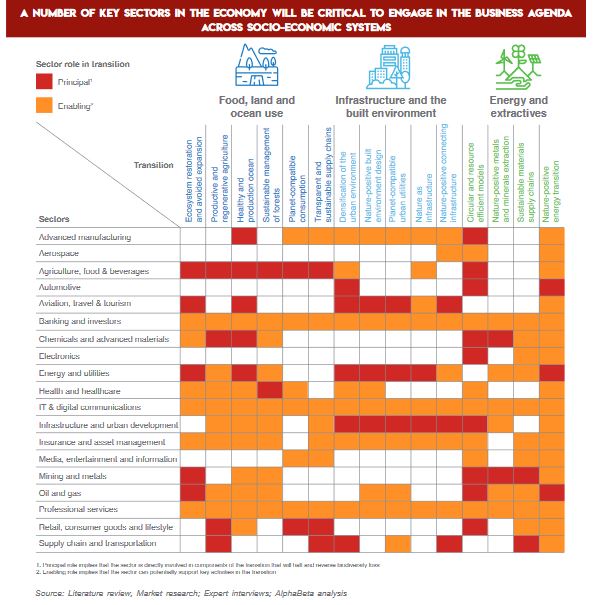
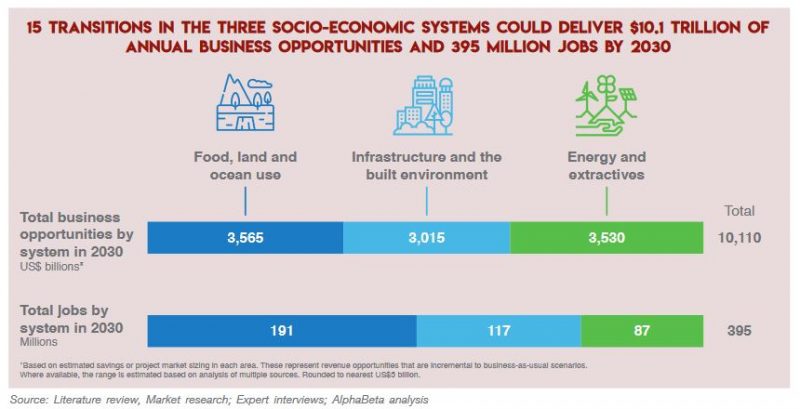
Most recent global circular economy initiatives:
- Toronto’s organic waste: Organic waste collected from local households is converted into biogas to fuel diesel engines or generate heat.
- New York: 4,000 New York city businesses have laid a stronger focus on repair, reuse and the sharing economy. In addition, by implementing a carbon tax, the city rewards businesses that are successful in shrinking their carbon emissions and penalise those who don’t.
Case 1: Food Waste
Recently, Malaysia came up with statistics to show that 15,000 tons of food waste are discarded on a daily basis. So, for those who do not know much about food waste, food waste is divided into two categories—avoidable and unavoidable.
So what’s exactly unavoidable and avoidable food waste? Avoidable food waste is food waste that can still be consumed, discarded or eaten across the supply chain. This food waste category however, can be avoided and minimised through tighter implementation of sustainability measures. Today, many private organisations are helping out in this respect, such as project soup kitchen. Food is collected and donated to needy groups, or even processed into other forms.
The next category is the non-avoidable food waste. Under normal circumstances, people can’t take this kind of food anymore. Leftovers such as bones and shells however include organic waste discharged from food processing plants, domestic and commercial kitchens, restaurants and the likes.
On this count, MAEKO, a company that converts waste into valuable resources has designed a machine that combines biological and chemical systems to convert all types of food waste into compost within 24 hours.
This concept is called waste valorisation. It can help consumers reduce greenhouse gas emissions by 66 percent and cut off the need to send waste over to landfills. While a normal composting process usually takes up to three months, this new practice presents a convenient and sustainable solution for urban development.
Case 2: Packaging
Interestingly, Free the Seed Sdn. Bhd is a company that champions a ‘waste to wealth’ economy. Here’s what it does; the company aims to slowly introduce biodegradable packaging products into the economy. After years of R&D in biodegradable packaging products, the company recently discovered an ingenious innovation derived from paddy waste’s cellulose fibrous biomass material.
By adopting the circular economy, the company has now benefited nearly 1330 farmers from the northern parts of Malaysia and soon, hopefully, the entire supply chain. Notably, Free the Seed has achieved success on two accounts, one, implementing real on the ground circular economic activities, such as creating jobs for the B40 low income group and mitigating open burning of paddy straws. Two, through assistance and mentoring from MIGHT’s Global Cleantech Innovation Program (GCIP), Free the Seed is set to become a world-class green tech start-up that promotes sustainable agriculture.
The problem that Free the Seed’s business model is trying to solve in the global market is in the use of single use plastic or SUP. For example, SUP poses a huge environmental impact to the ocean. SUP also creates another problem whereby its production necessitates the need to create new landfills to manage its waste. Further, SUP production uses depleting natural resources like petroleum and this is simply not sustainable anymore.
This explains why many countries have introduced a ban on SUP. Malaysia, too, has followed suit with its “Roadmap Towards Zero Single-Use Plastic 2018-2030” policy. Following this, a number of viable and sustainable solutions that adhere to the circular economy’s standards will be introduced to mitigate greenhouse gas pollution from SUP use.
Having been around for more than five years, Free the Seed is putting forward a green innovation that provides an alternative to plastic. As an R&D company, its products are clean, green and sustainable. Above all, the company’s manufacturing and supply chain activities conform to the main tenet of the circular economy.
To date, Free the Seed has built in some resilience into the company as a part of an intervention measure in case something like a global pandemic, an economic crisis or a supply chain disruption happens with its 2M strategy. The first one is material security. In this regard, the company has secured upstream raw materials it needs for the next ten years. So, this supply chain concept involves 1,300 paddy farmers and works well in a critical situations where farmers will still be able to harvest and discard their paddy waste.
Secondly, by having raw material security, the company is also able to manage its market security. Quite significantly, innovative products that are recession-proof are crucial to sustain any kind of business. Therefore, the company’s focus on innovation ensures its products are sellable in any market or economic situation including the current pandemic. Apart from opening up a new horizon, at the same time, the company is also doing its bit to reduce greenhouse emissions.
Policy Implication
Today, there is a need for a renewed political will in order to increase the adoption of the circular economy at speed. If we look elsewhere, for example, Europe, Japan, Korea and the US are all doing the same. In fact, all this can also be called the green new deal. The green new deal is the latest buzzword to have surfaced in relation to the circular economy. It demands government policies concerning the environment and sustainability to be revised within government ecosystems. Also, to successfully coordinate a positive response from all responsible ministries and departments, the Malaysian government needs to look into legislations and policies that do not work in favour of the circular economy. For instance, currently, Malaysia’s fuel subsidy bill costs the country close to USD 11 billion every year.
Furthermore, to foster higher participation, the Malaysian government needs to engage the private sector to be more involved in the green economy. At the same time, the government also needs to address the issue regarding aging academia involved in most of the nation’s R&D activities. Therefore, all four stakeholders need to work together to move the circular economy’s performance needle.
Certainly, the imperative has now moved away from pushing innovative new trends and products to avoiding a catastrophe caused by climate change, ocean degradation or soil acidification. Taken together, it couldbe very likely that we will face another serious scenario if all these challenges are not addressed soon.
